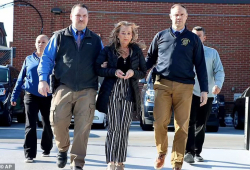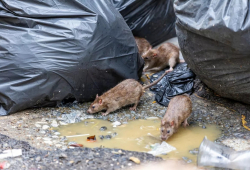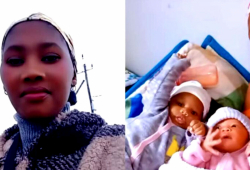
Foreign Property News | Posted by Hnin Ei Khin
The Queens Hospital Centre emergency department has a capacity of 60, but on its worst night of the coronavirus pandemic, more than 180 patients lay on stretchers in the observation bays and hallways. Alarms rang incessantly as exhausted doctors rushed from crisis to crisis.
Less than 4 miles (6.3km) away, a temporary hospital opened the next morning, on April 10. The facility, which was built at the USTA Billie Jean King National Tennis Centre to relieve the city’s overwhelmed hospitals, had hundreds of beds and scores of medical professionals trained to treat virus patients.
But in the entire month that the site remained open, it treated just three patients from the Queens Hospital Centre emergency department, records show. Overall, the field hospital cost more than US$52 million (S$72 million) and served only 79 patients.
The pandemic has presented unique challenges for officials grappling with a fast-moving and largely unpredictable foe. But the story of the Billie Jean King facility illustrates the missteps made at every level of government in the race to create more hospital capacity in New York.
It is a cautionary tale for other states now facing surges in cases and for New Yorkers bracing for a possible second wave.
Doctors at the Queens Hospital Centre, a public hospital in Jamaica, and at other medical centres wanted to transfer patients to Billie Jean King. But they were blocked by bureaucracy, turf battles and communication failures, according to internal documents and interviews with workers.
New York paid as much as US$732 an hour for some doctors at Billie Jean King, but the city made them spend hours on paperwork. They were supposed to treat coronavirus patients, but they did not accept people with fevers, a hallmark symptom of the virus.
Officials said the site would serve critically ill patients, but workers said it opened with only one or two ventilators.
“I basically got paid US$2,000 a day to sit on my phone and look at Facebook,” said Ms Katie Capano, a nurse practitioner from Baltimore who worked at Billie Jean King. “We all felt guilty. I felt really ashamed, to be honest.”
As the coronavirus spread in March, the federal government, state leaders, city officials and hospital executives all began creating their own temporary medical facilities, at times competing against each other. Governor Andrew Cuomo’s office oversaw most transfers to the centres, but city officials say the state did not closely coordinate with other players.
The federal government’s biggest contribution, Navy hospital ship USNS Comfort, arrived in New York with great fanfare but initially did not accept coronavirus patients at all, prompting one hospital executive to call it “a joke”.
Ref: Todayonline









